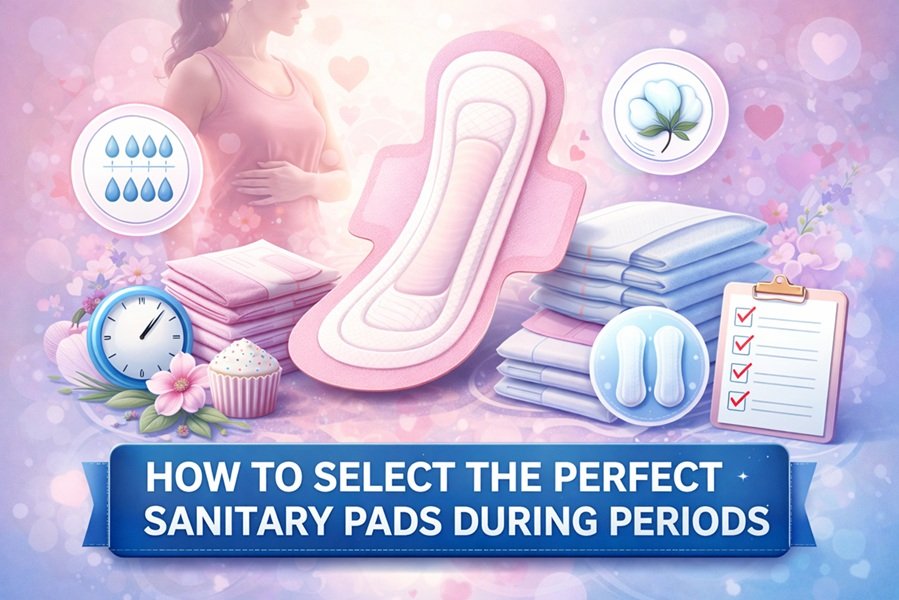
In the ongoing fight against HIV, Pre-Exposure Prophylaxis (PrEP) has emerged as a powerful prevention tool. But what exactly is PrEP? Who should consider taking it? How effective is it, and what are the potential side effects? This article answers these questions and more, helping you understand whether PrEP might be the right choice for you.
What Is PrEP?
PrEP (Pre-Exposure Prophylaxis) is a daily medication taken by HIV-negative individuals to reduce their risk of acquiring HIV. It works by building up sufficient levels of antiretroviral drugs in the bloodstream, preventing the virus from establishing an infection if exposed.
Common PrEP Medications:
- Truvada (tenofovir disoproxil fumarate/emtricitabine)
- Descovy (tenofovir alafenamide/emtricitabine) – approved for use in cisgender men and transgender women, but not for those at risk from receptive vaginal sex
How Does PrEP Work?
HIV needs to infect CD4 cells to reproduce. PrEP prevents this by blocking key enzymes the virus uses to replicate. When taken consistently, PrEP ensures the virus can’t multiply and infect the body—even after exposure.
Who Should Consider PrEP?
PrEP is recommended for people who are HIV-negative and at high risk of HIV exposure. You may benefit from PrEP if you:
- Have a sexual partner who is HIV-positive
- Do not always use condoms with sexual partners of unknown HIV status
- Are a man who has sex with men (MSM), especially with multiple partners
- Are a transgender woman or man who has receptive anal or vaginal sex without consistent condom use
- Are involved in sex work
- Share injection drug equipment
It’s also recommended for serodiscordant couples (one partner is HIV-positive, the other is not).
How Effective Is PrEP?
When taken daily:
- 99% effective at preventing HIV from sexual transmission
- At least 74% effective for people who inject drugs
- On-demand PrEP (for MSM): Taking pills before and after sex can also be highly effective, but this is not recommended for all users
It’s important to remember that PrEP does not protect against other STIs (like chlamydia or gonorrhea) or prevent pregnancy. For full protection, PrEP should be combined with condom use.
How to Get PrEP
To start PrEP, you need to:
- Test negative for HIV
- Undergo screening for kidney function, hepatitis B, and other STIs
- Get a prescription from a qualified healthcare provider
- Commit to regular follow-ups (every 3 months) for HIV testing and monitoring
PrEP is available through sexual health clinics, primary care physicians, or infectious disease specialists.
Side Effects of PrEP
Most people tolerate PrEP well, but some may experience:
- Nausea or upset stomach (usually temporary)
- Headaches or fatigue
- Kidney function changes (rare but requires monitoring)
- Bone density reduction (mainly with Truvada)
Descovy may have fewer kidney and bone side effects compared to Truvada, but it’s not suitable for everyone.
Myths and Misconceptions
❌ “PrEP is only for gay men”
Reality: PrEP is for anyone at risk of HIV, including heterosexual individuals, transgender people, and people who inject drugs.
❌ “If you take PrEP, you don’t need condoms”
Reality: PrEP protects against HIV, but not other STIs or pregnancy. Condoms remain important for comprehensive sexual health.
❌ “PrEP encourages risky behavior”
Reality: Studies show that people on PrEP are more likely to get tested and stay informed, and do not significantly increase risky behaviors.
Is PrEP Right for You?
Ask yourself:
- Are you HIV-negative but at high risk?
- Are you in a relationship with someone who is HIV-positive?
- Do you want to take control of your sexual health?
If the answer is yes to any of the above, PrEP may be a good option for you. Speak to a healthcare provider who can assess your risk and help you make an informed choice.
Cost and Access
In many countries, PrEP is covered by health insurance or government programs. Generic versions have made it more affordable globally. In India, for instance, PrEP is increasingly available through private providers and NGOs, though access can still be limited in some areas.
Check with your local sexual health clinic or national health services for access.
Summary: PrEP at a Glance
| Feature | Details |
|---|---|
| Purpose | Prevents HIV infection before exposure |
| Who should take it | HIV-negative people at high risk |
| Effectiveness | Up to 99% with consistent use |
| Protection from STIs | ❌ No |
| Pregnancy protection | ❌ No |
| Side effects | Mostly mild, manageable |
| Required follow-ups | Every 3 months for HIV and kidney tests |
Explore:
- Comprehensive Safe Sex Guide for Every Orientation
- Withdrawal vs. Condoms: What’s Safer?
- Top 10 Condom Myths Debunked
- Latex Allergy and Safe Alternatives: What You Need to Know
- Understanding the Different Types of Condoms
- Flavoured Condoms: Why Do They Exist? 5 Tips for Proper Use
- Vaginal Dryness: Symptoms, Causes, and Remedies by Experts
Final Thoughts
PrEP is a game-changer in HIV prevention. It empowers people to take charge of their sexual health without relying solely on condom use or their partner’s status. However, it’s not a one-size-fits-all solution, and should be part of a broader approach to sexual health that includes routine testing, STI screening, safe sex practices, and open communication.
If you think PrEP might be right for you, talk to a healthcare provider today and take the first step toward safer, healthier living.







